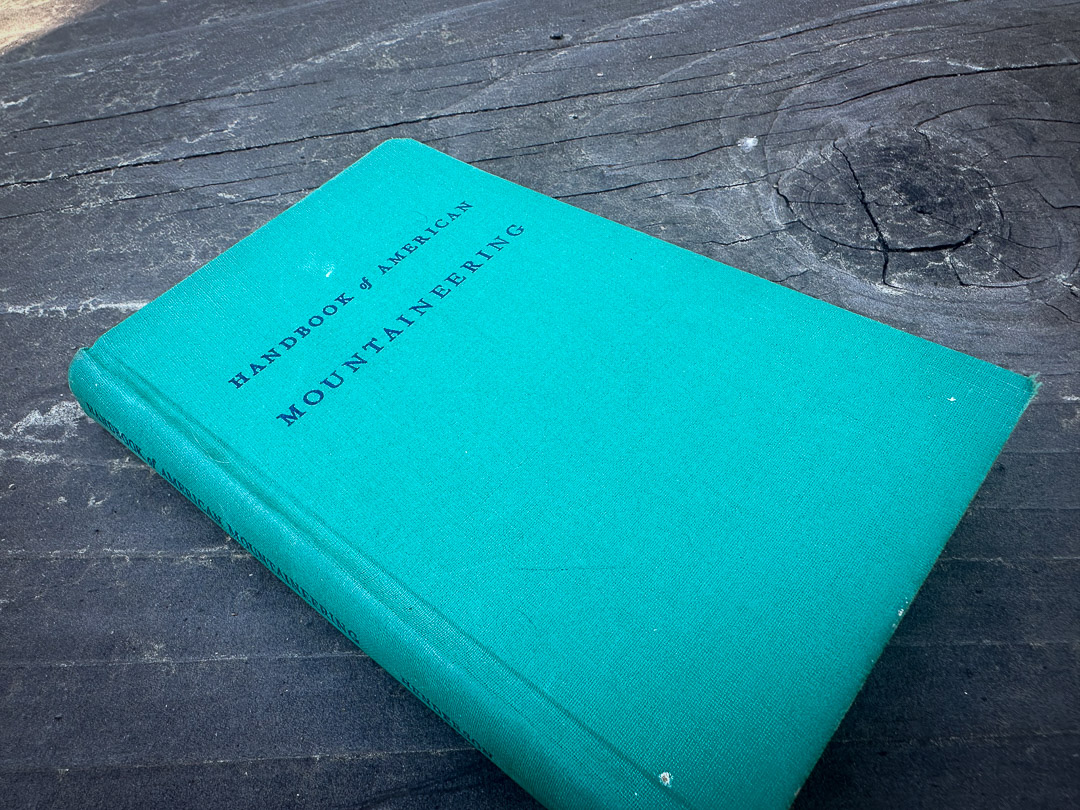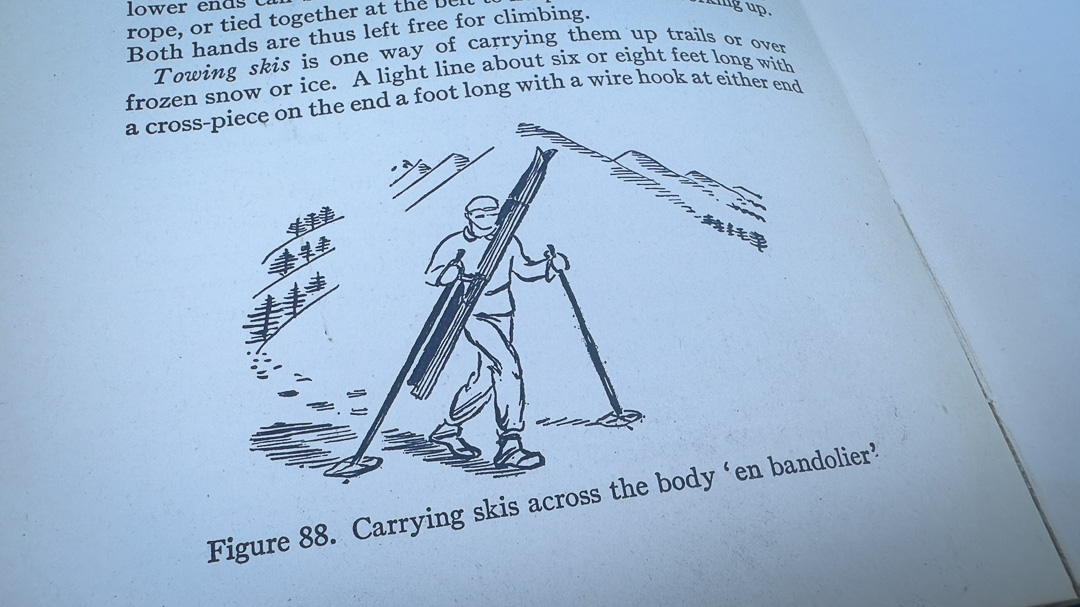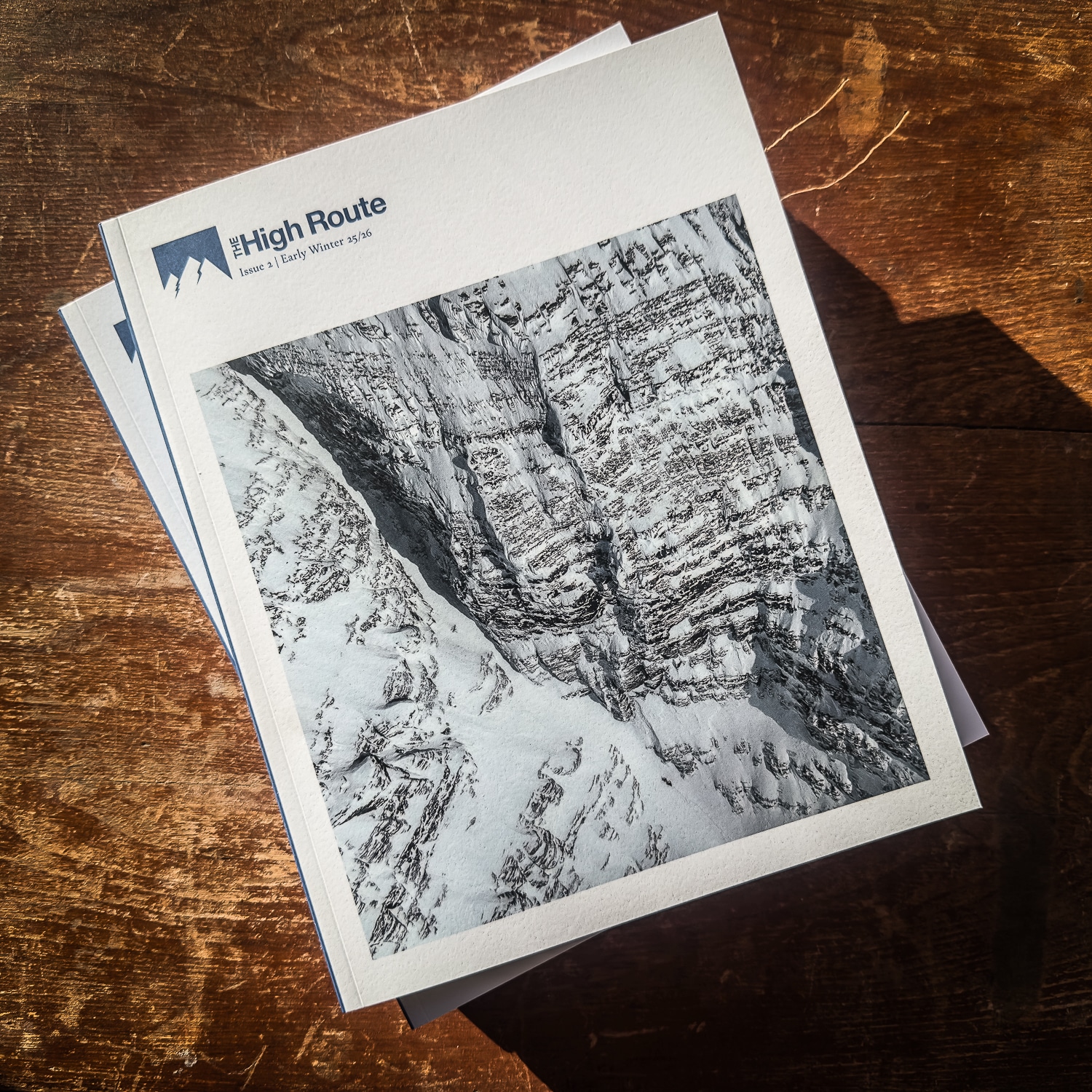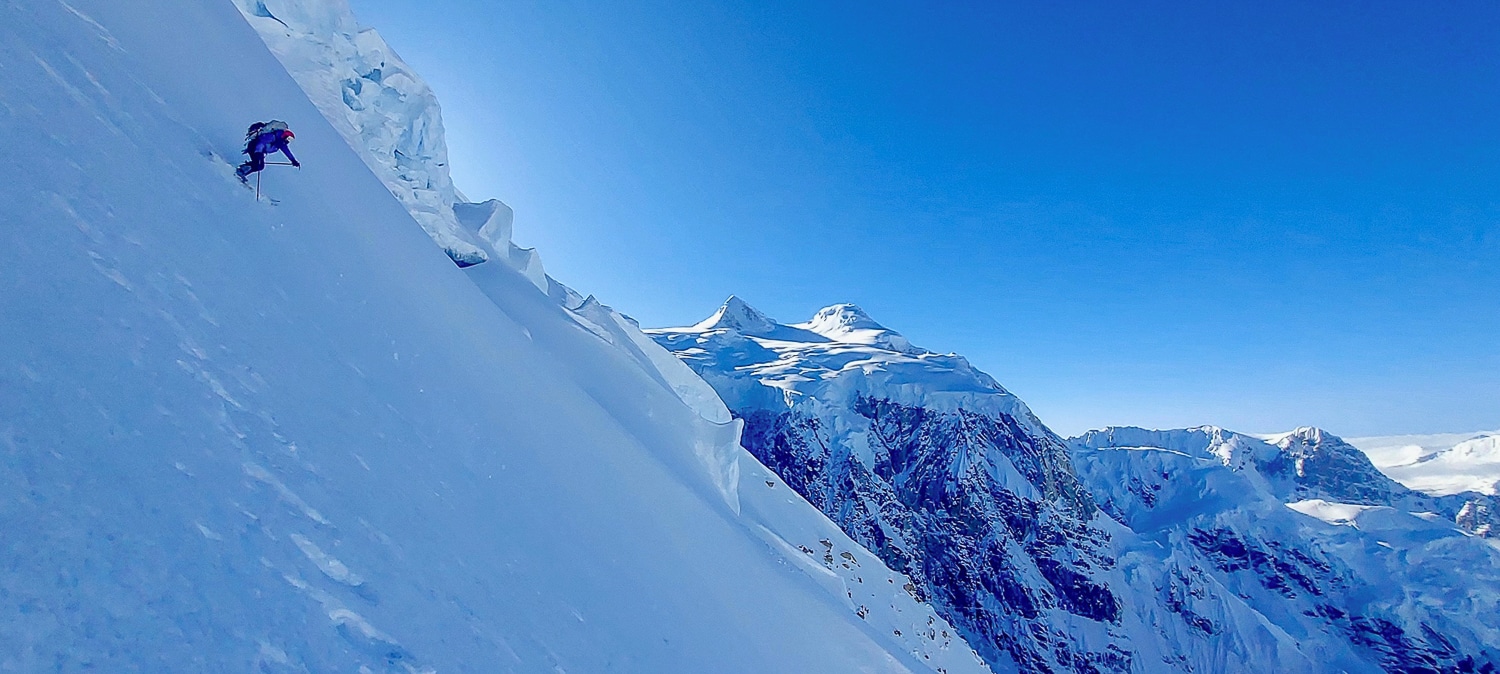A ski’s basic stats are one aspect of the ski review process to which we default—a placeholder for things like weight, sidecut, and material science. I often default to weeding out ski selection by weight when choosing among different skis. Fact: I’m loath to push any ski weighing over 1650g (over 3.5 lbs/ski) without a binding. Add even a lightweight binding, skin, and boot; you can immediately discern this: the extra grams are additive.
The adage is that a pound on your back equals five pounds on your feet. In other words, keep the weight on your feet to a minimum—with the caveat that some days warrant heavier skis and boots. And some days require the weight on your feet, or at least some of it, to be secured on your back. The two obvious situations are boot packing up a couloir, doing ski alpinism ballet on decidedly more spicy and dicey terrain, or walking days across sage uplands to a food cache.
I’m not ashamed to state I’m old enough to recall when A-framing was all there was. Packs with only an A-frame ski carry option made it darn *&%$ing tough to access anything from the pack’s interior unless it was strapped to the outside. Good on Dana Designs way back when for adding a “shove it” pocket to their Bomb Pack. You could A-frame all day and keep minor essentials on the exterior. Those essentials were accessible by removing the pack but did not require the skis removal from the pack. (I don’t recall packs with side zip access available then. But the Bomb Pack weighed a lot and then some.)

Over time, ski carry systems became more highly evolved. The A-frame still has a place. But with side carries and ski-mo-inspired quick access carry systems, it’s good to know friends; you have choices.
Yet, to think that a fast-and-light moving-through-the-mountains ski aesthetic is a more recent development is nonsense. Years earlier, woolen-clad mountain folk were gear-modding too, refining how to carry skis in the hills.
The refining, it is safe to say, left a ton of room for further refining.






Leave a Reply
You must be logged in to post a comment.